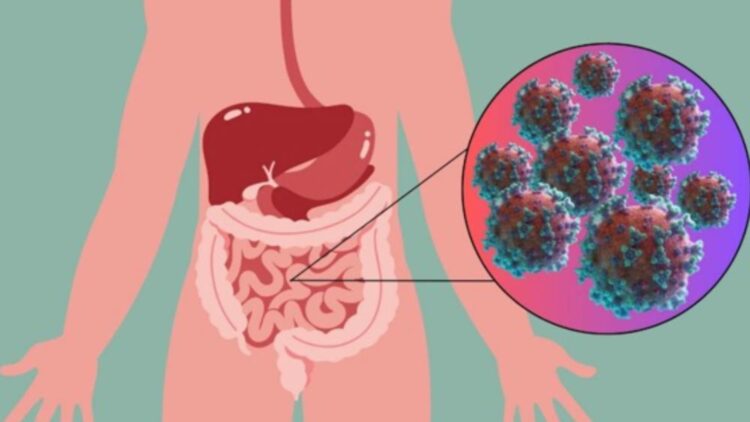The United States is facing a winter enemy known as “winter vomiting disease.” It is the Norovirus, a highly contagious gastrointestinal virus that has raised alarms after experiencing an alarming increase in cases since mid-October. The WastewaterSCAN program at Stanford University and Emory University has been monitoring virus concentrations in wastewater, determining that critical hotspots are in the Northeast and the Midwest, specifically in Louisiana, Michigan, and Indiana.
This increase has led researchers to be concerned about the GII.17 variant (which already existed last year) and which could be challenging the traditionally dominant strain, GII.4. Experts such as scientific manager Amanda Bidwell, Dr. Robert Atmar, and Dr. Craig Wilen are closely monitoring its development, while the Centers for Disease Control and Prevention (CDC) warns the public about the pathogen’s extreme resistance and emphasizes the need to reinforce hygiene measures.
Norovirus
Known as the “winter vomiting disease” or “two-bucket disease,” it is a highly contagious gastrointestinal virus, which currently has 153 outbreaks. The concern lies in the increase in cases that has occurred across the country since mid-October 2025. According to data from WastewaterSCAN, an academic program through Stanford University in partnership with Emory University, it mainly affects the Northwest and Midwest of the country, especially the states of Michigan, Indiana, and Louisiana. The program manager for the scientific WastewaterSCAN program, Amanda Bidwell, stated that norovirus concentrations in wastewater have increased nationwide by 69% since October.
“At this time, we are in the high category for norovirus at the national level,” she said. It is not clear whether the same level of illness will continue in 2026, but outbreaks are expected to keep rising. We have three years of data to show that we have this strong seasonal pattern. But I can’t say right now how big the peak will be,” he added. For their part, the Centers for Disease Control and Prevention are tracking the virus through laboratory reports, clinical reports, and health departments, without taking wastewater into account.
More aggressive variant
The most common strain of that virus, which has been circulating for more than 30 years, has been GII.4. However, last year 75% of outbreaks were caused by the GII.17 variant. According to Professor Robert Atmar in the Department of Medicine at Baylor College of Medicine, “The two possibilities are that something in the virus changed to make it more transmissible, or there were changes in the population where a larger proportion were susceptible,” he said. “And it is probably a combination of both. But whether it will persist this year, I believe, is one of the big questions in our scientific community”.
Meanwhile, Associate Professor of Laboratory Medicine and Immunology at Yale University, Dr. Craig Wilen, said, “GII.17 last year was probably so effective at infecting so many people because we had significantly less immunity to that virus, as it was sufficiently different from the viruses we had previously been infected with.
Symptoms
The danger of this virus is that it is highly contagious. According to researchers, it spreads only among humans, through vomit or drops of feces that end up in people’s mouths. It can also spread by coming into contact with contaminated food, water, or surfaces. Symptoms, such as vomiting and diarrhea, usually start between 12 and 48 hours after exposure and last for a few days. Someone can still spread the virus for more than two weeks, even after symptoms have disappeared.
How to avoid contracting the virus?
It’s not just a highly contagious virus; it is also very difficult to kill, earning it the name ‘perfect pathogen.’ According to the CDC, eliminating norovirus requires washing hands with soap, cleaning infected areas with bleach, and washing contaminated clothing with hot water and detergent. Although phase three trials of the Norovirus vaccine are being carried out with the company Moderna, the truth is that there is currently no specific treatment to fight the virus.
